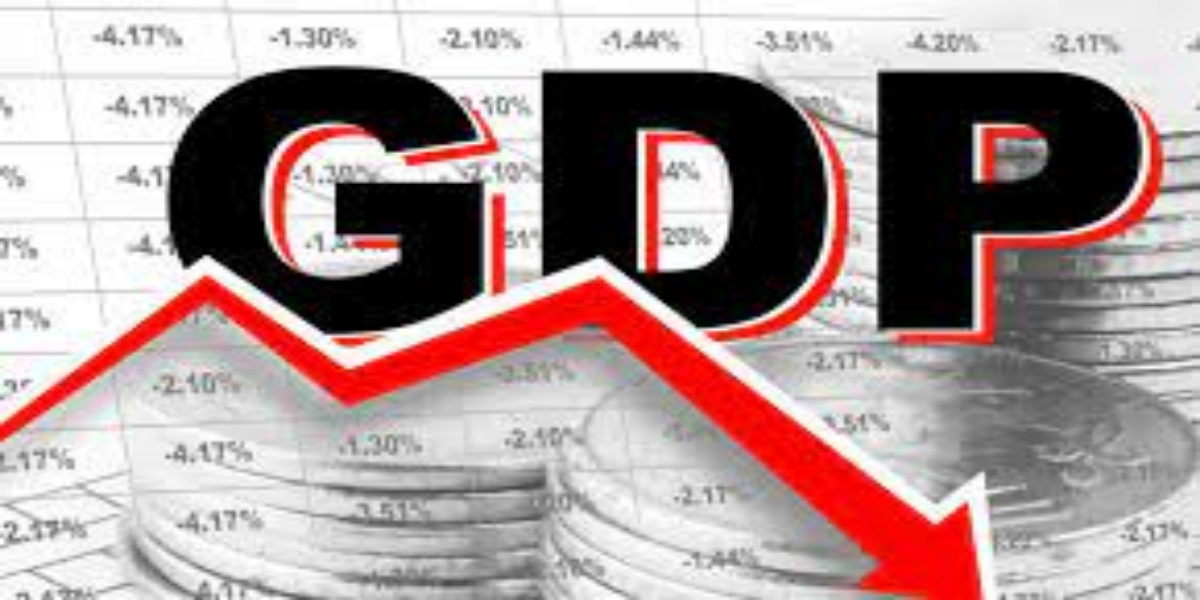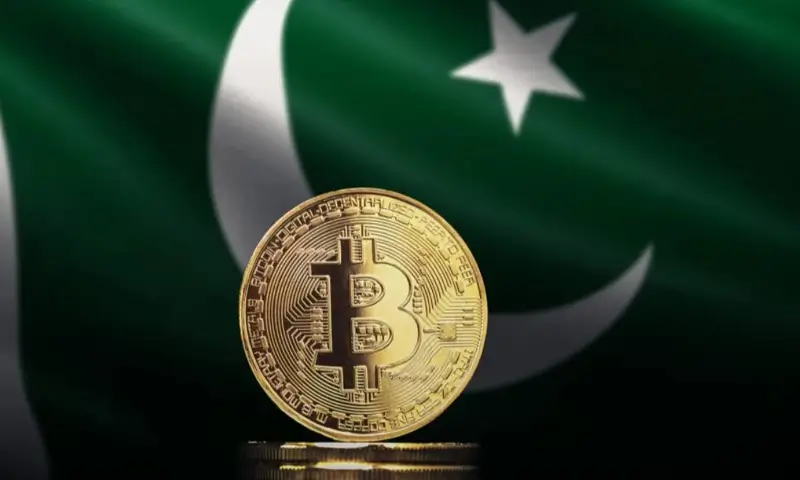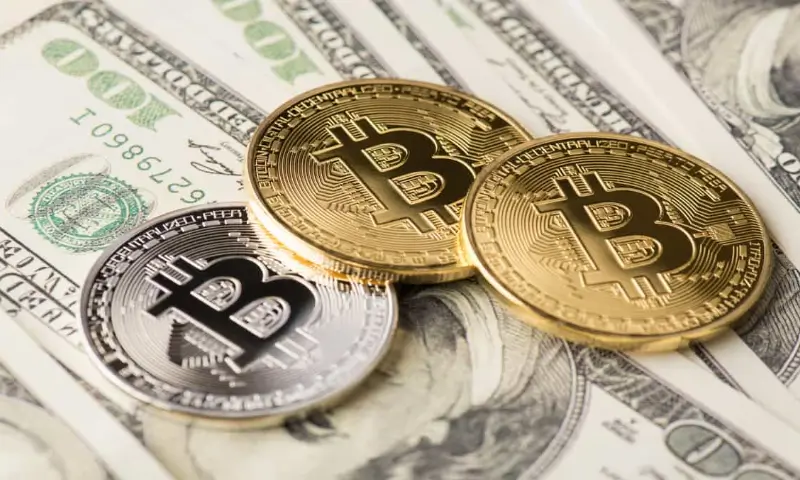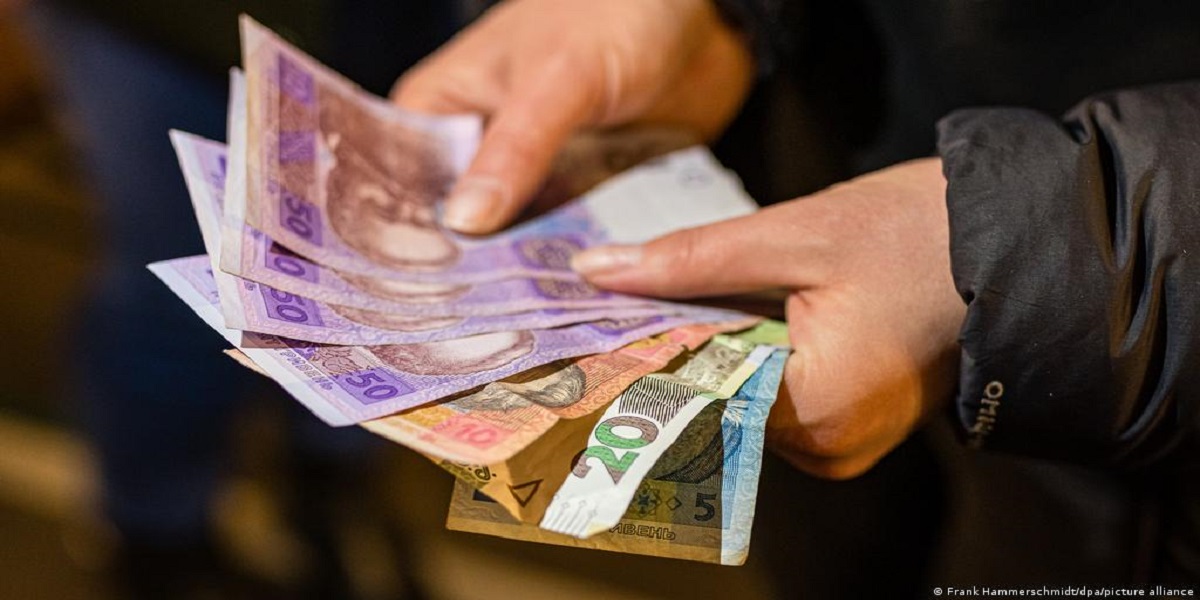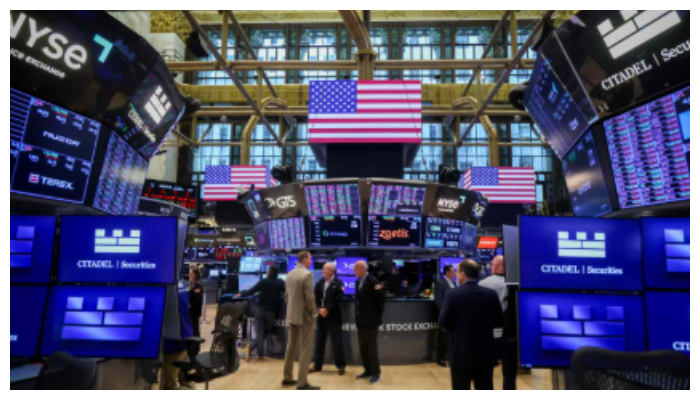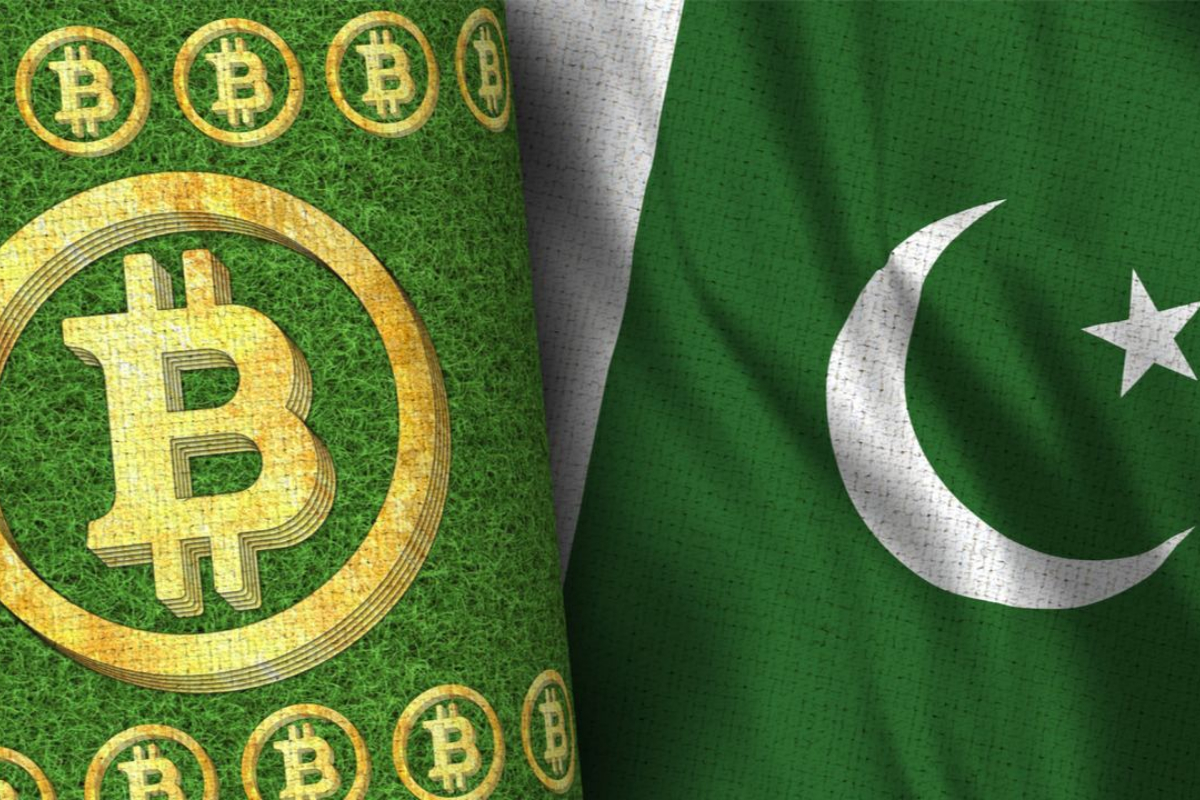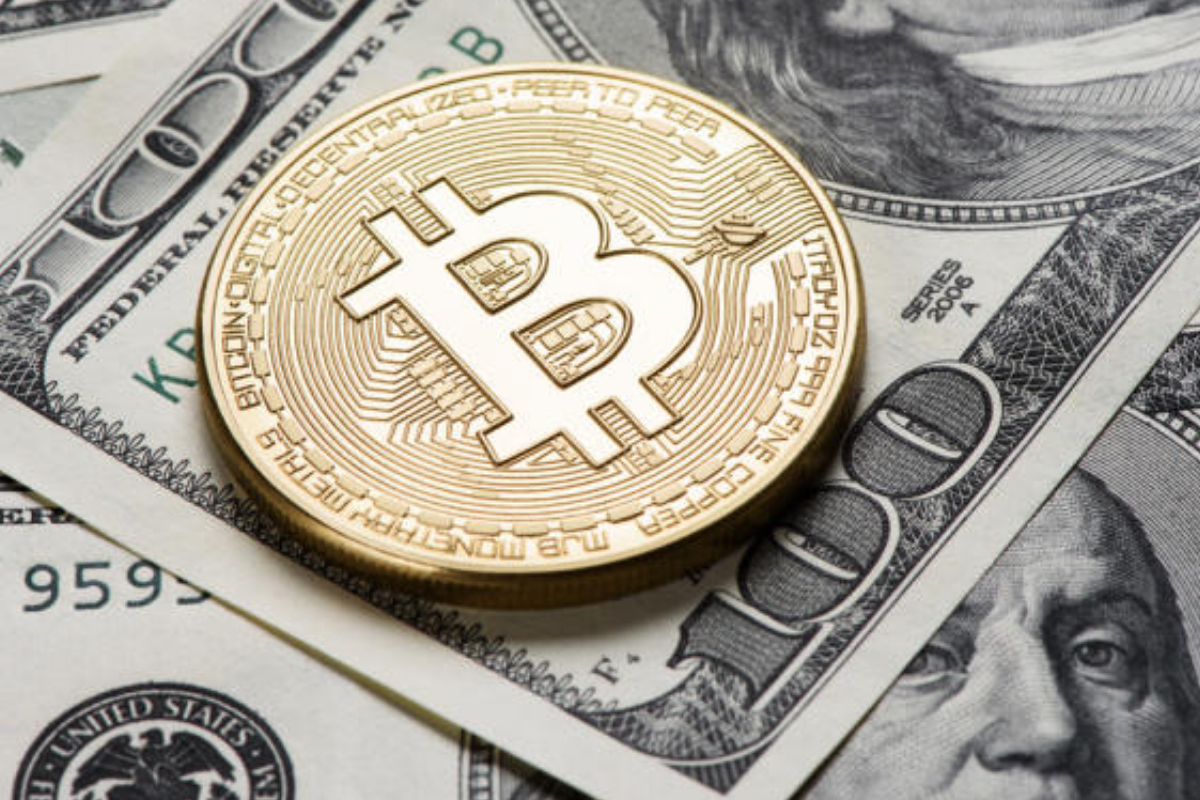GDP of the United States unexpectedly declined in the first quarter of 2022, according to Bureau of Economic Analysis data released on Thursday.
Between January and March, the nation’s gross domestic product (GDP), the broadest measure of economic activity, fell by 1.4 percent on an annualized basis, reversing the previous year’s strong gain.
While one quarter does not constitute a pattern, it does indicate how the recovery is progressing: A recession is defined as a period of decreased growth for two consecutive quarters.
It was a significant drop from the 6.9% growth rate seen in the fourth quarter of last year, and it was the weakest showing since the pandemic recession in the second quarter of 2020.
According to Refinitiv, economists projected an annualized growth rate of 1.1 percent.
In a statement released Thursday morning, President Joe Biden described the US economy as “resilient in the face of historic difficulties,” despite the lower results.
“While technical reasons influenced last quarter’s growth estimate, the United States faces the challenges of Covid-19 around the world, Putin’s unwarranted invasion of Ukraine, and global inflation from a position of strength,” according to the statement.
What caused the drop?
A reduction in inventory investment, which had been growing in the last months of 2021, accounted for a large portion of the first quarter decline in the United States.
That means the GDP drop should be treated with caution, as Ryan Sweet, senior director of economic analysis at Moody’s Analytics, warned on Wednesday before the data was released.
Exports and government spending were both down, while imports were up. As prices continued to rise, consumer spending, which is critical to the economy, soared.
Americans spent more on services, with health care topping the list. This helped to offset a minor drop in goods consumption, which fell due to lower gas spending.
In response to Russia’s war in Ukraine, which jolted energy markets around the world, gas prices skyrocketed.
In the first three months of the year, the price index measuring personal consumption spending increased by 7%, or 5.2 percent when energy and food prices are excluded.
In emailed comments, Steve Rick, chief economist at CUNA Mutual Group, said, “It is unfortunate that this GDP rate did not meet expectations, but it is unsurprising because the US economy remains very volatile with geopolitical turbulence from the war in Ukraine, a global supply chain crisis, increasing inflation, and the ongoing Covid-19 pandemic.”
“All of these issues have slowed global GDP growth rates.”
At the end of May, the second estimate of first-quarter GDP growth will be released.
What does this signify for the Federal Reserve?
The surprise drop in GDP is unlikely to impact the Federal Reserve’s monetary policy outlook in the near term.
The central bank is set to hike interest rates next week, reversing course following a period of ultra-loose policies during the pandemic.
It would be the year’s second rate hike. The vast majority of market players anticipate a half-point increase, up from the quarter-point increase announced in March.
Chairman Jay Powell of the Federal Reserve suggested earlier this month that a larger rate hike was on the table for the May meeting.
“As inflation persists, the Fed will continue to pound on the policy brakes with more vigor in the coming months,” said Greg Daco, chief economist at EY-Parthenon.
While economists continue to believe that March marks the pandemic inflation high, only the April economic data, which is still a few weeks away, will be able to confirm this.
The Personal Consumption Expenditures, or PCE, price index for March will be released by the Commerce Department on Friday.

